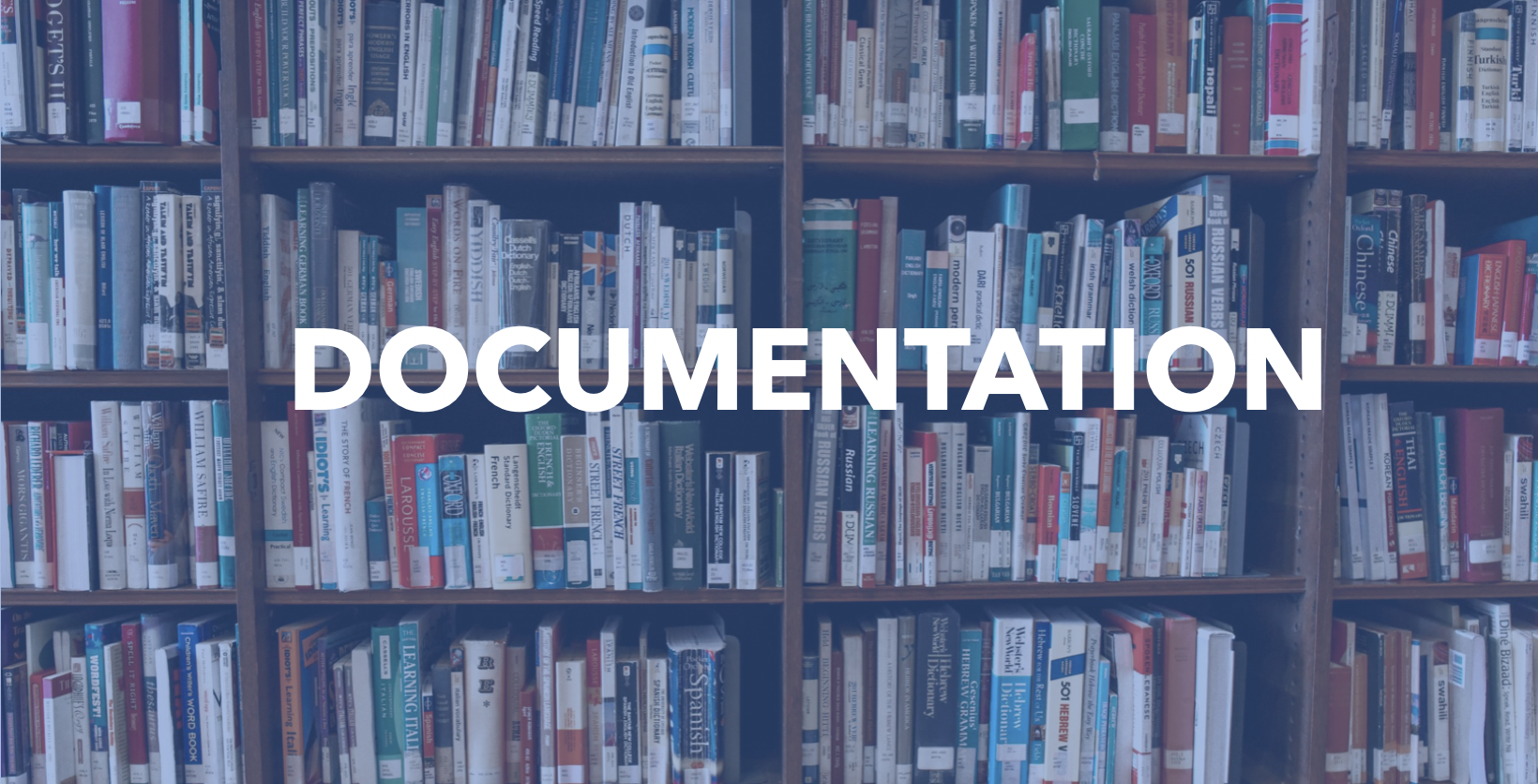
This documentation explains the Autocase methodologies used in the Arc Skoru platform.
If you have additional questions contact info@autocase.com to find out more.
Autocase Models
Autocase uses cost benefit analysis (CBA) as the methodology for calculating impacts based from your building performance. The objective may be to decide whether to proceed with the project, to see if the benefits justify the costs, to place a value on the project, or to decide which of various possible alternatives would be the most cost-effective. For full documentation contact Autocase at info@autocase.com.
For more information on the source data used within Autocase’s calculations, descriptions are provided below.
Utility Cost Reductions
The default information is from the CBECS (EIA, 2016a). Energy Usage defaults are for both electricity and natural gas usage. Prices for the U.S. are collected by state from the U.S. Energy Information Administration (EIA, 2016b; 2020a) and by municipality from the Canada Energy Regulator (CER, 2017). The benchmarked water usage is populated by combining the square footage of the building with the average utility water usage (per square foot of the building type separated by region and building type) is sourced from the 2012 Commercial Buildings Energy Consumption Survey (CBECS) (EIA, 2017b). Autocase defaults to city-specific water cost estimates using the American Water Works Association (AWWA) (2019) for US cities. Autocase uses EIA and CER energy price forecasts up to the year 2050 across a variety of high and low macroeconomic conditions such as fluctuating oil prices, economic growth, and technological progress.
Air Pollutant Reduction Benefits
Autocase uses social values for criterial air contaminants to monetize the impacts of changes in outdoor air pollutant quantities derived from changes in operational energy use. Autocase uses federal guidance from the Environment Protection Agency (EPA), Federal Aviation Administration (FAA), National Environmental Policy Act (NEPA), ExternE, World Health Organization (WHO) Air Quality Guidelines, and federal, regional departments of transportation to assess the pollutants of interest. The pollutants analyzed by Autocase are: NOx SO2 PM2.5 VOCs
Carbon Emissions Reduction Benefits
The environmental benefit of reduced greenhouse gases is monetized by applying the social cost of carbon to the amount of carbon dioxide equivalent emissions reduced. The social cost of carbon in the U.S is taken from the Government’s Interagency Working Group on Social Cost of Carbon (2016). Canada has its own estimates using the same models used for the social cost of carbon in the U.S. The social cost of carbon is a conservative estimate of the negative effects of climate change. The cost of carbon pollution is an estimate of the damages – of the economic cost of the health, agricultural losses, property flooding and the value of ecosystem services.
Carbon Tax Reduction Benefits
This model calculates the carbon payments that are made on top of the cost of utilities like natural gas and electricity. The data for this model comes from the World Bank Carbon Pricing Dashboard. Some Canadian data comes from separate provincial and federal government announcements and legislation. If the carbon price appears as ‘0’ it is due either to a lack of regulatory carbon pricing in the user set jurisdiction; or the fact that the price is “built-in” to the cost of a utility as is common for electricity.
Air Pollutants and Greenhouse Gases and Water Efficiencies
Autocase uses information on energy intensities from the Electric Power Research Institute & Water Research Foundation (2013). Non-baseload, location-specific emission factors per unit of electricity are gathered from eGRID (EPA, 2020) and National Emissions Inventory (EPA, 2014) in the U.S.